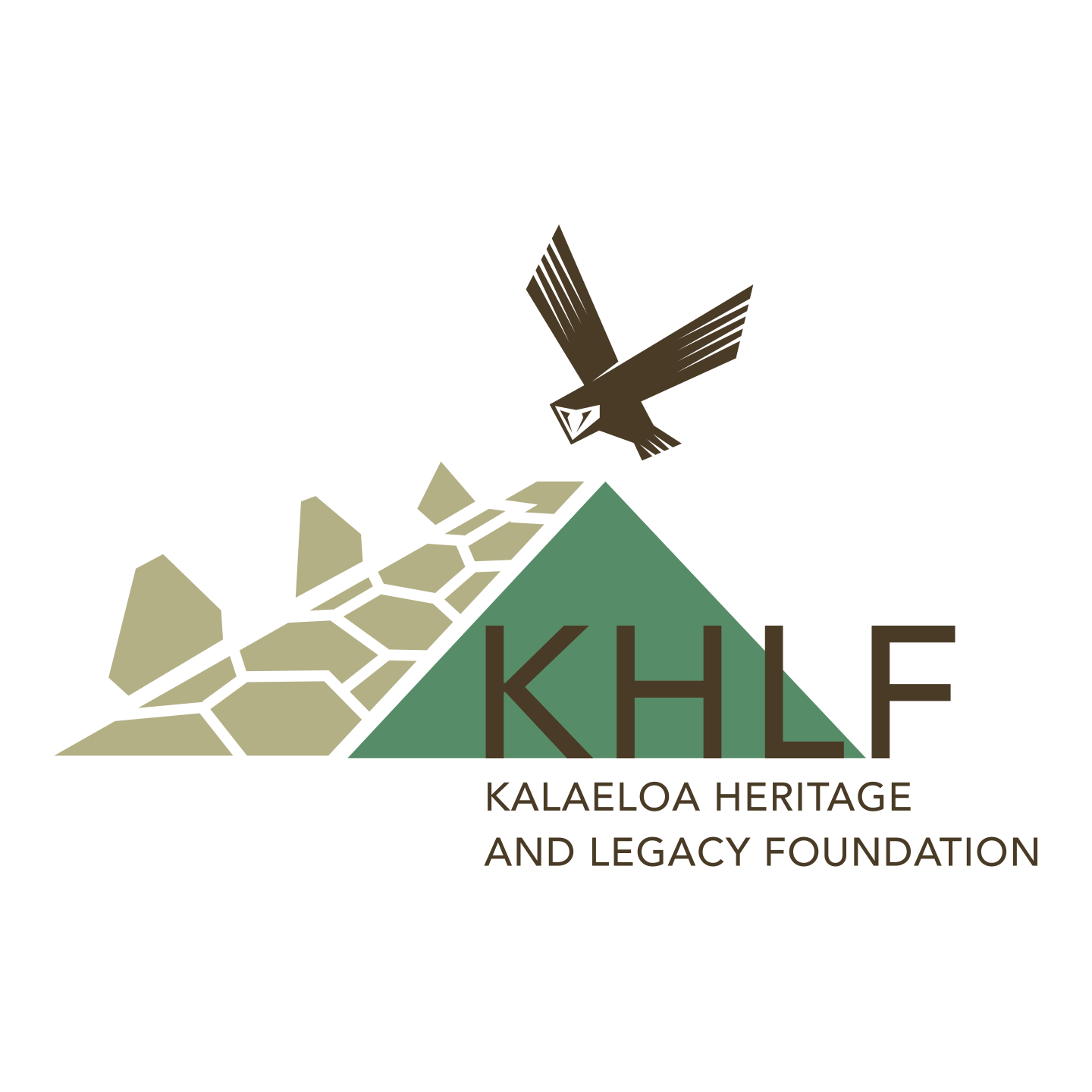Civic Space Inspired by Hawaiian Alignments: Creating a Hawaiian Presence in Pu'u o Kapolei
Kalaeloa Heritage Park for Shad Kaneby Marion AnchetaNote: The selections written here are from notes that I took from the interview with Shad Kane during two occasions in the Winter and Summer of 2015 as well as sources from my thesis titled: "Civic Space Inspired by Hawaiian Alignments: Creating a Hawaiian Presence in Pu'u o Kapolei" The main theme in my thesis is the integration and expression of indigenous culture in civic and public spaces and establishing a strong educational environment through the use of alignments in relation to living in sustenance. The Hawaiian of old where experts in living sustainably which ultimately brought them to the idea of living off the land. They have used the stars, the moon, the sun and planetary objects to dictate their means of direction and action. With this ideology in mind, my goal is to design a civic space that is inspired by Hawaiian alignments. Alignments based on the idea of directionality, the composition of a place and the use of objects whether if it's using the sky or inanimate objects to locate or pin point a person, place or thing.Definition of civic space: A Civic Space is an extension of a community and creates a realm for the public. It is meant to be a gathering place, give identity to cities, help the environment, benefit the community economically and provide a setting for both cultural and social division.1Subject: Alignments and Sustenance (Interview with Shad Kane) In this section, I interviewed Shad Kane about the concept of alignments especially with the Hawaiians that once inhabited the Kalaeloa Heritage Park. In retrospect, what was the importance of alignments as it relates to their culture?Alignments was an important aspect of the Hawaiian culture, especially of those inhabitants who lived before us in Kalaeloa Heritage Park. Such aspects of alignments include navigation on sea using the stars, moon, sun and other planetary objects. With these, they have developed a sense of knowing directionality; what they established was taking the pattern they knew in navigating the sea and applied it on land.The Hawaiians that lived in the space originated from Tahiti as evident in the upright coral we see in the park today. They were expert navigators who traveled frequently to and from their homeland to Hawaii. Looking to the sun for guidance, they distinguished east and west by the rising and setting of the sun. Another important aspect of noting the changes in the sun's pattern was the angle of the sun upon which it rose and set based on markers. The ancient Hawaiians marked the solar angle changes with landscape markers. Here is an example. When a person seen standing at the Ewa plains is looking towards Diamond Head, and the sun rises at an angle away from Diamond head, it is considered winter.If the sun begins to rise towards Diamond head, it is considered summer. These observation and aligning the sun with land markers noted seasonal changes which in effect acted as a calendar during different times of the year. The Hawaiians took advantage of this and used the two seasons in scheduling farming practices which benefited their crops tremendously.Another aspect of alignments that the Hawaiians used was the piko or center/center of origin. Ancient Hawaiian Architects, or Kuhikuhi pu'uone, observed the land and chose a sacred spot for the erecting of a heiau based on alignments of the sun. One notable heiau, Kūkaniloko was located by aligning the winter and summer solstice and equinox with the Waianae Mountain Range. Interestingly enough, this area is the piko, or center of Oahu.2Interesting fact: On a map, when drawing a straight line from Kalaeloa Heritage Park to Kualakai Parkway and to Kūkaniloko, they are connected by a north to south alignment.Sources:Ancheta, Marion. Civic Space Inspired by Hawaiian Alignments: Creating a Hawaiian Presence in Pu'u o Kapolei. Doctorate of Architecture dissertation, University of Hawaii at Manoa School of Architecture. Honolulu, Hawaii, 2016.Kane, Shad. Interview by Marion at Kalaeloa Heritage Park. February 2015 and July 2015. Project for Public Spaces. "What is a Great Civic Space?" Accessed March 13, 2015.http://www.pps.org/reference/benefits_public_spaces/

